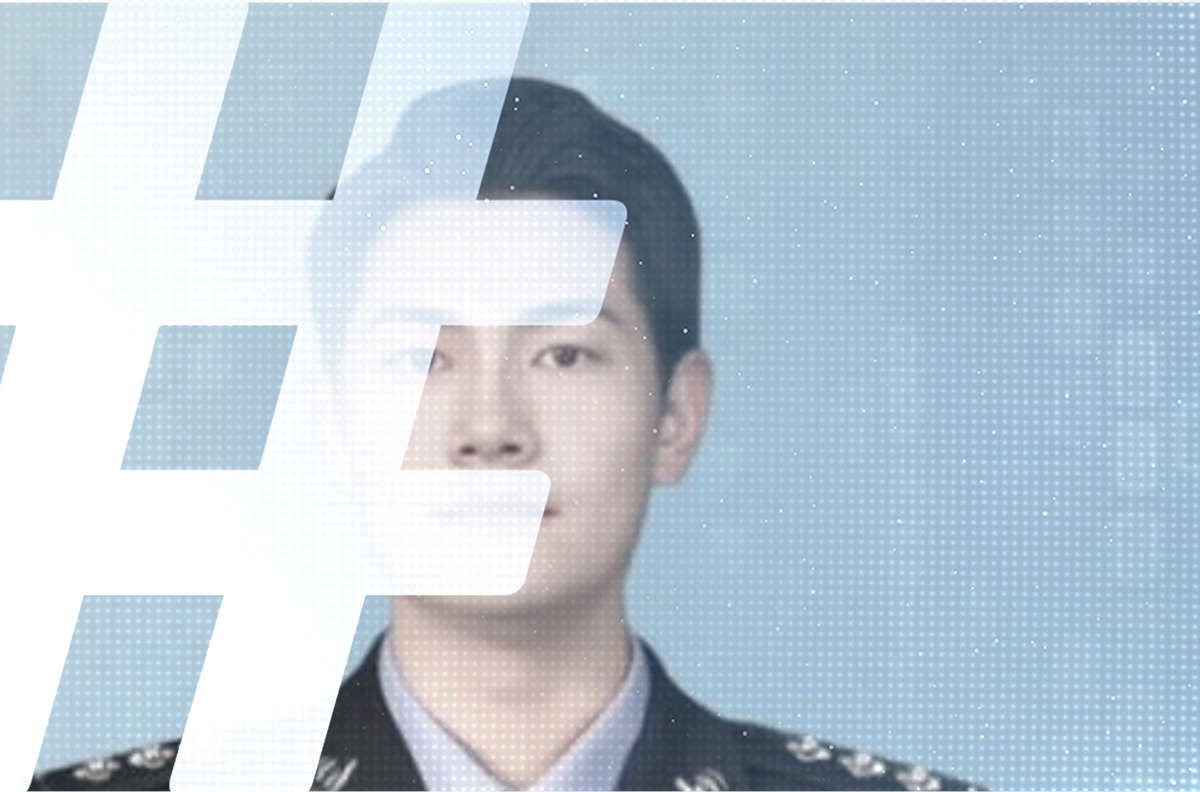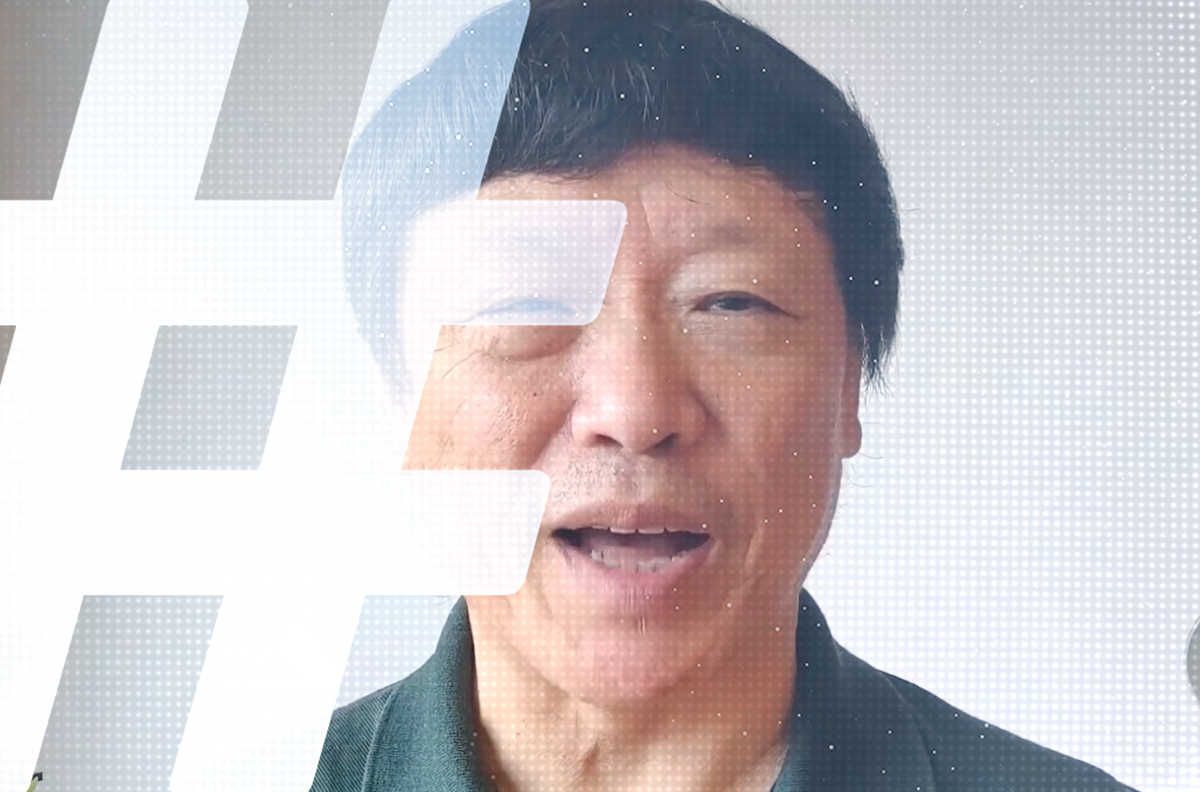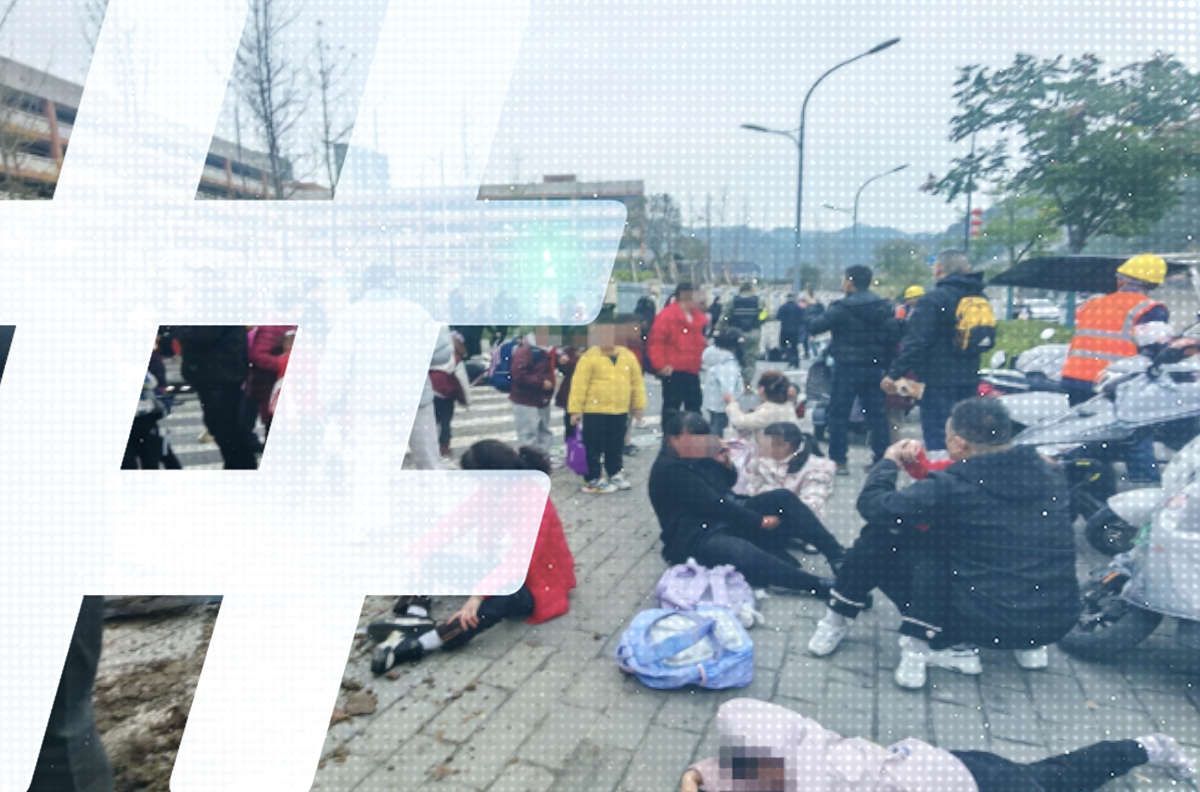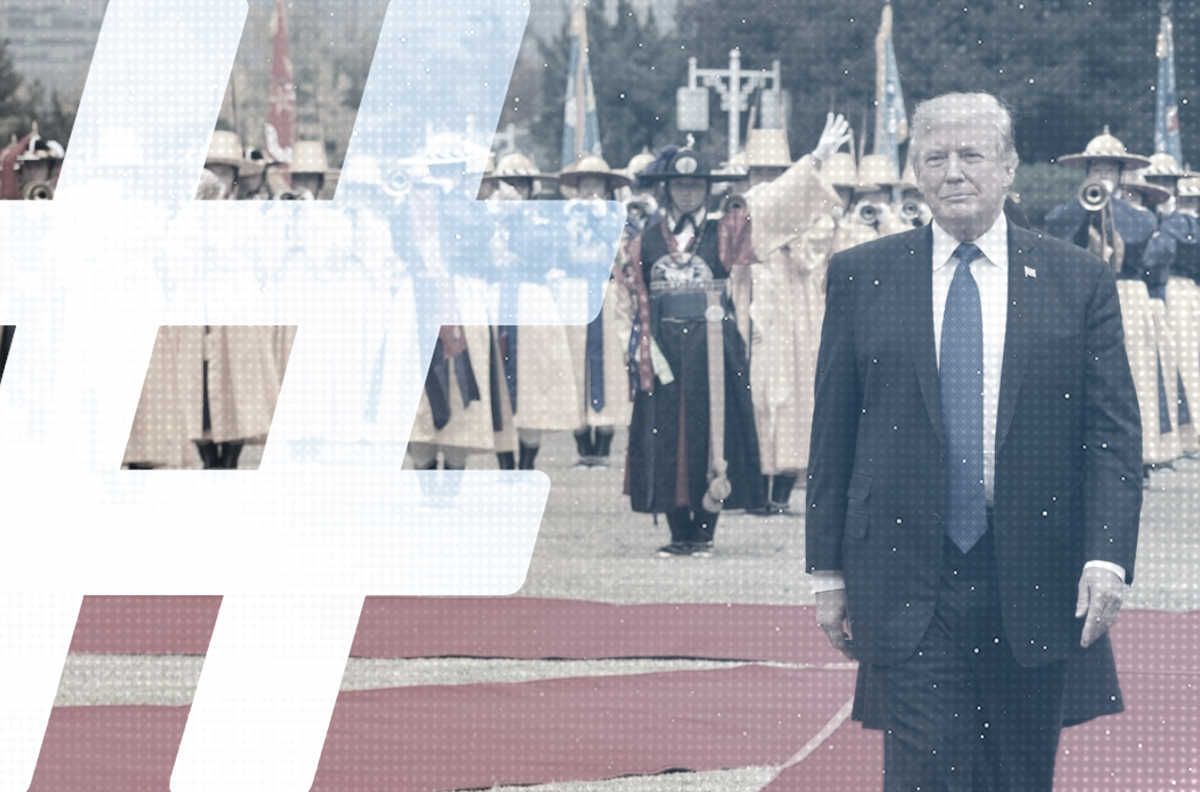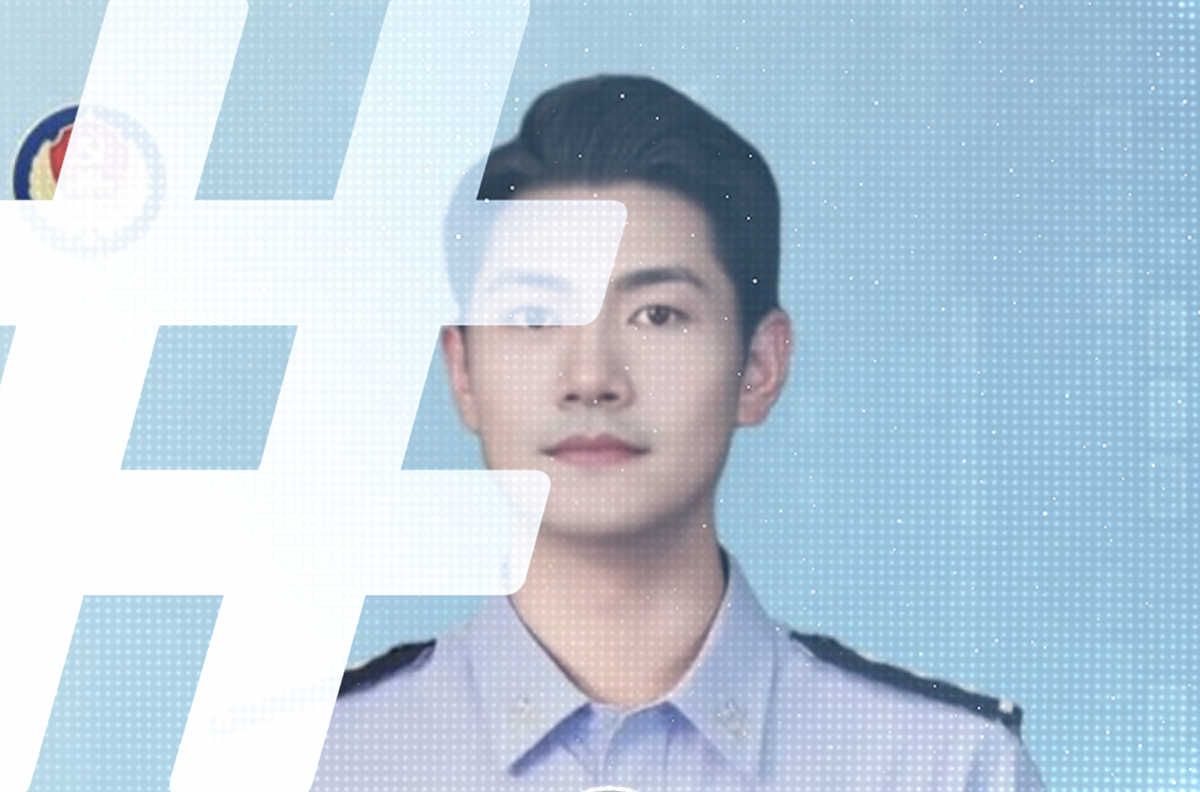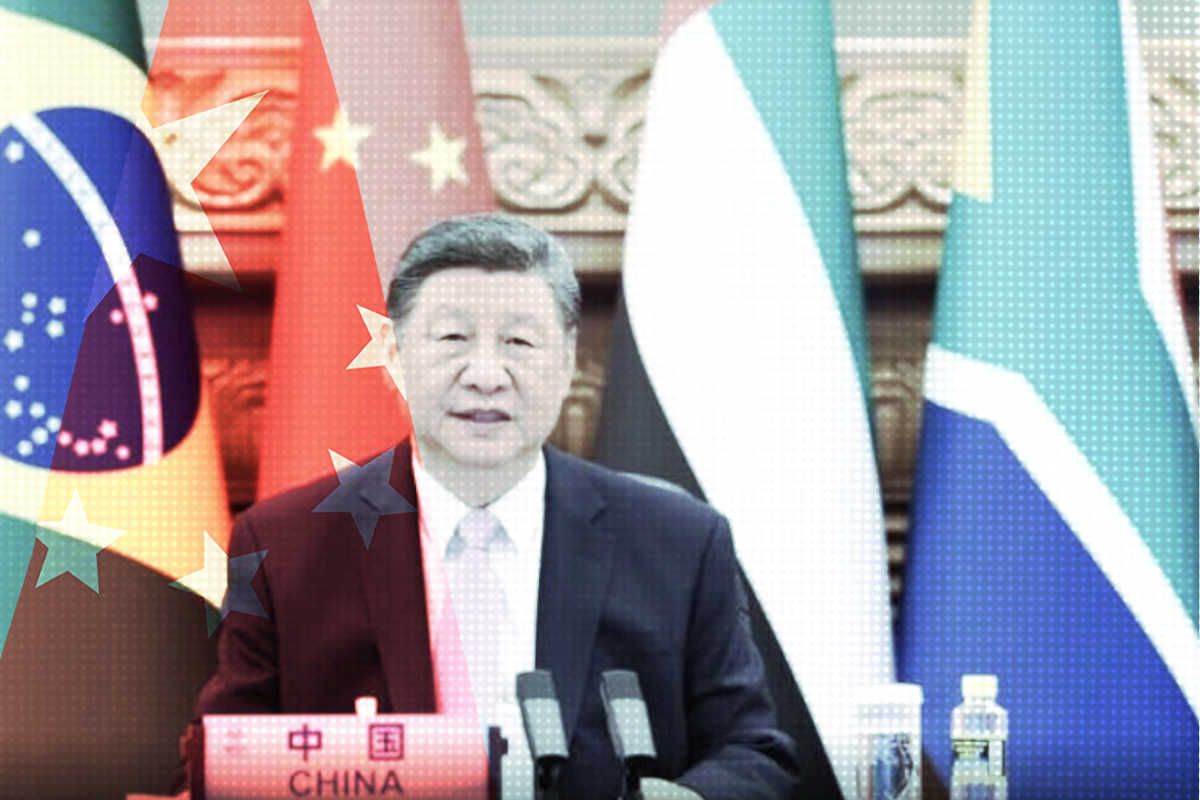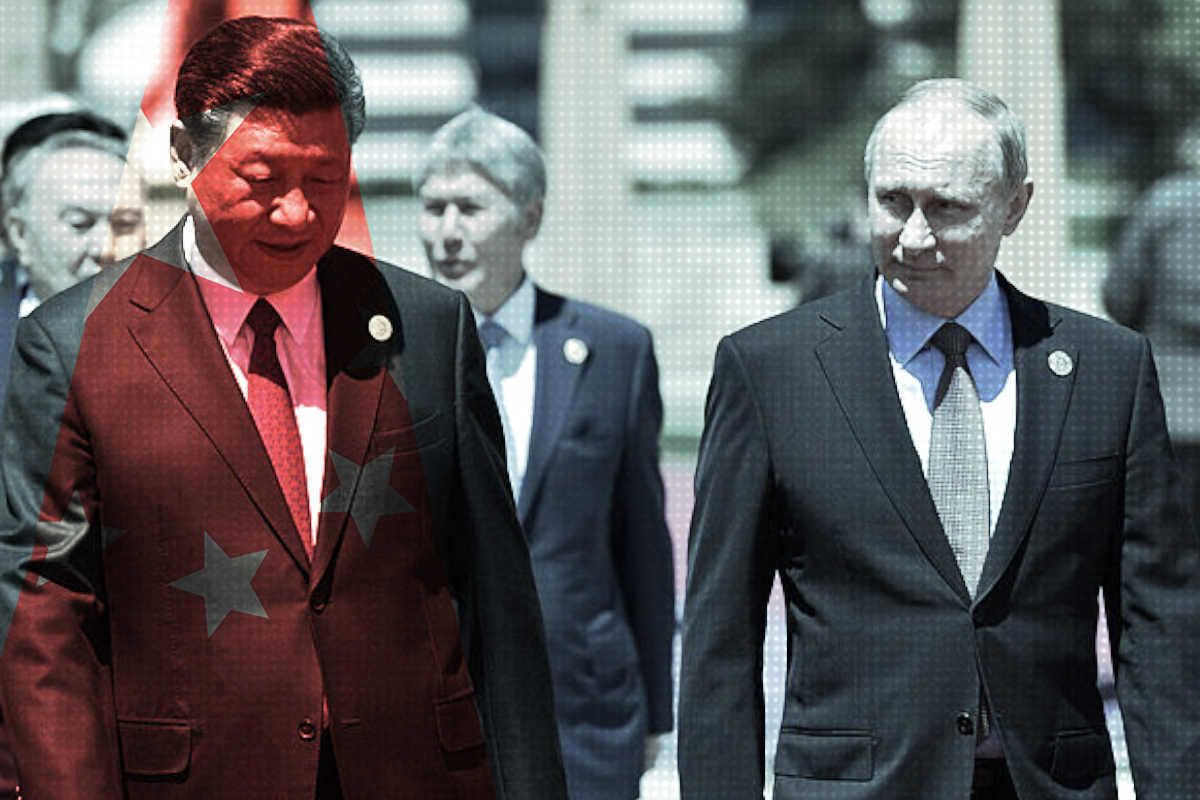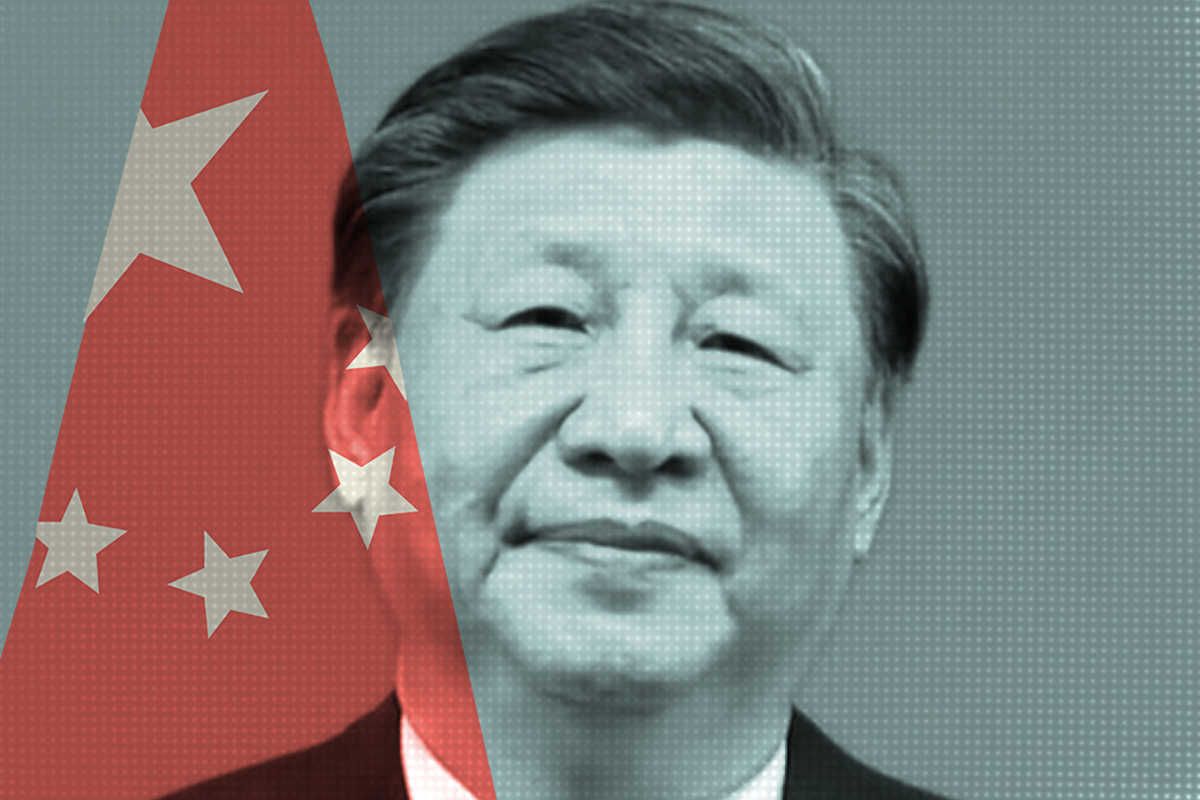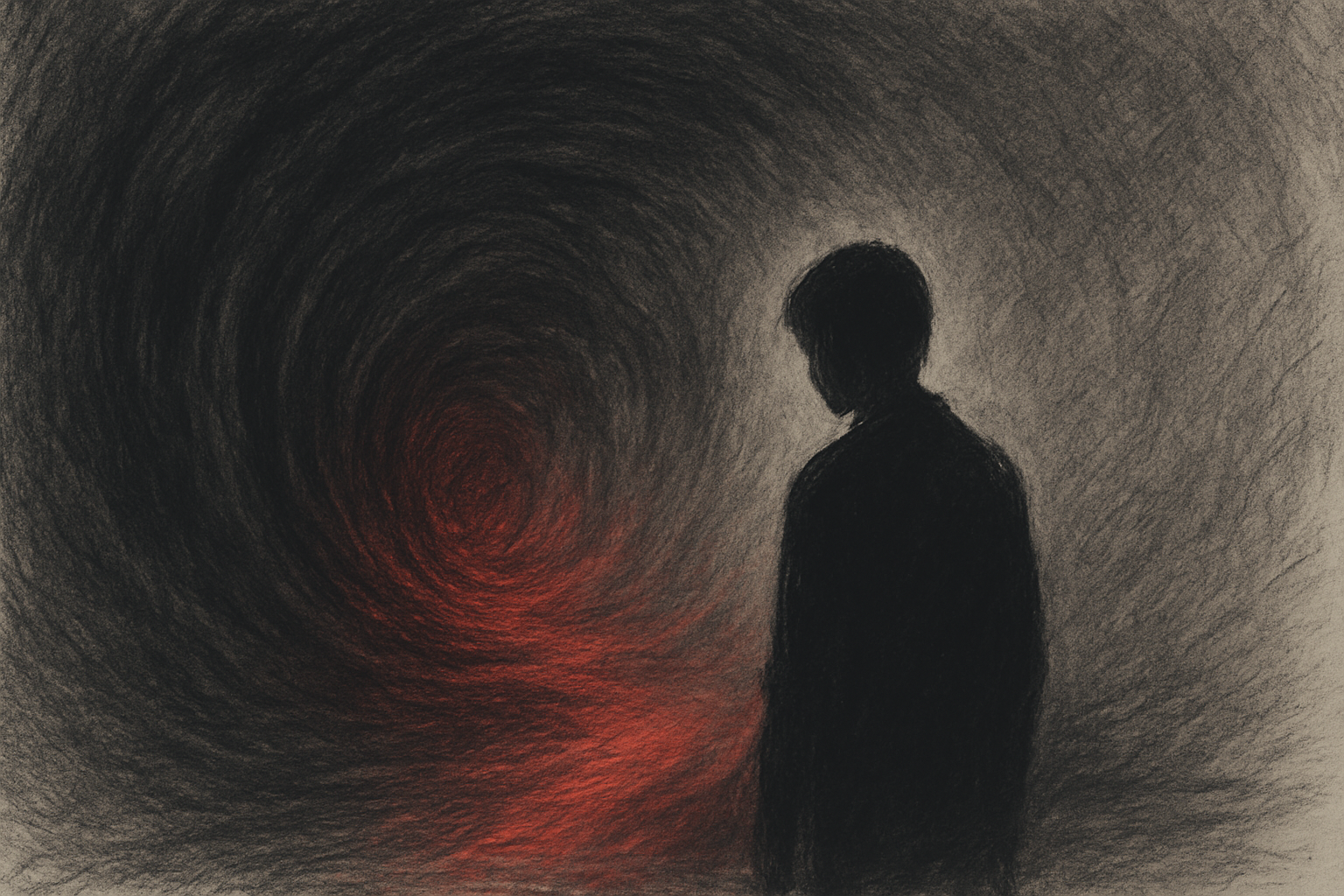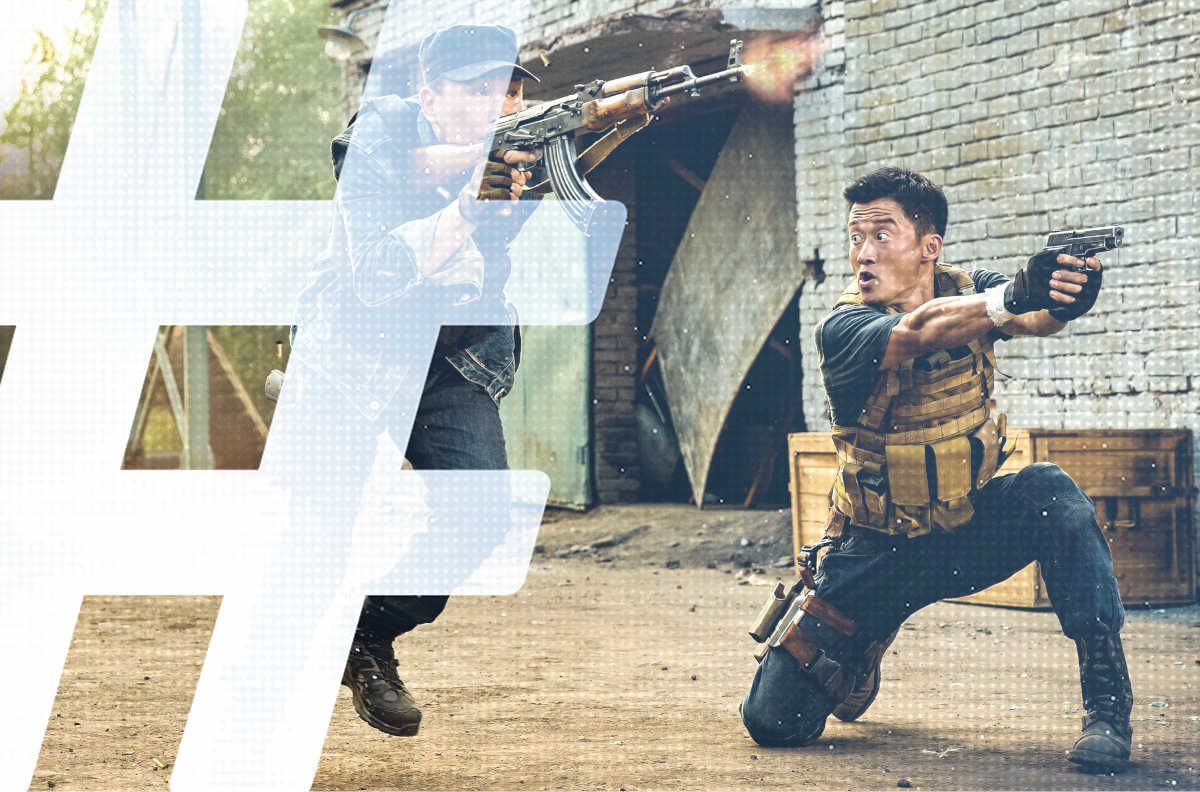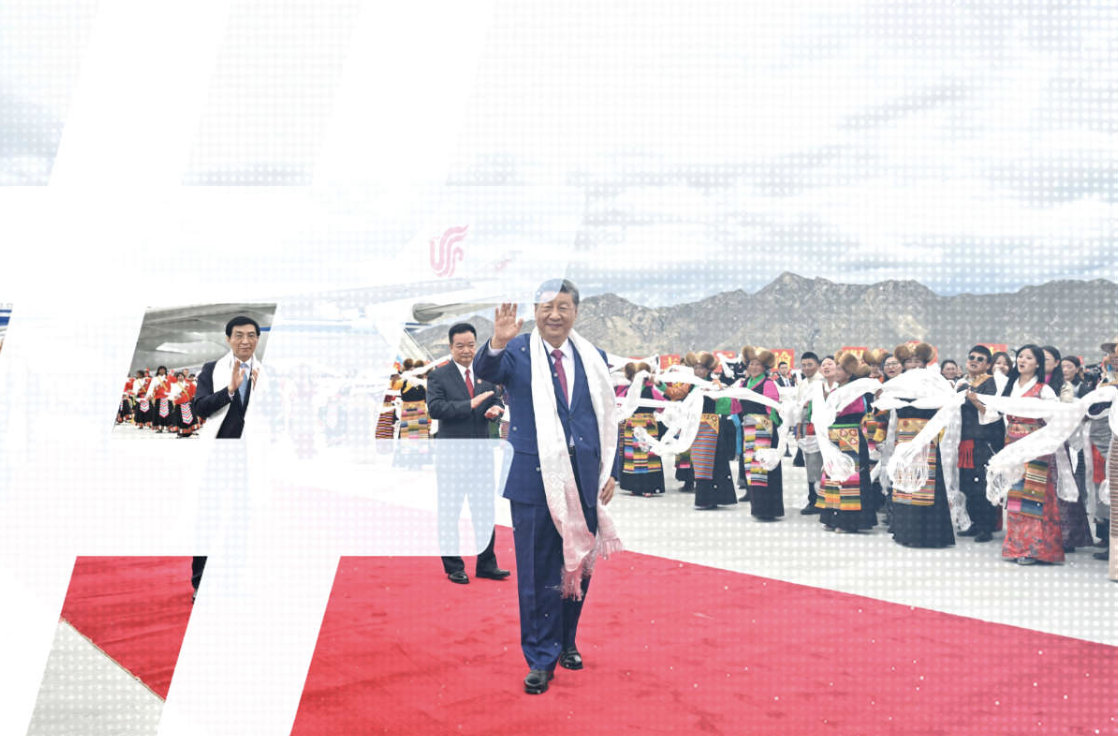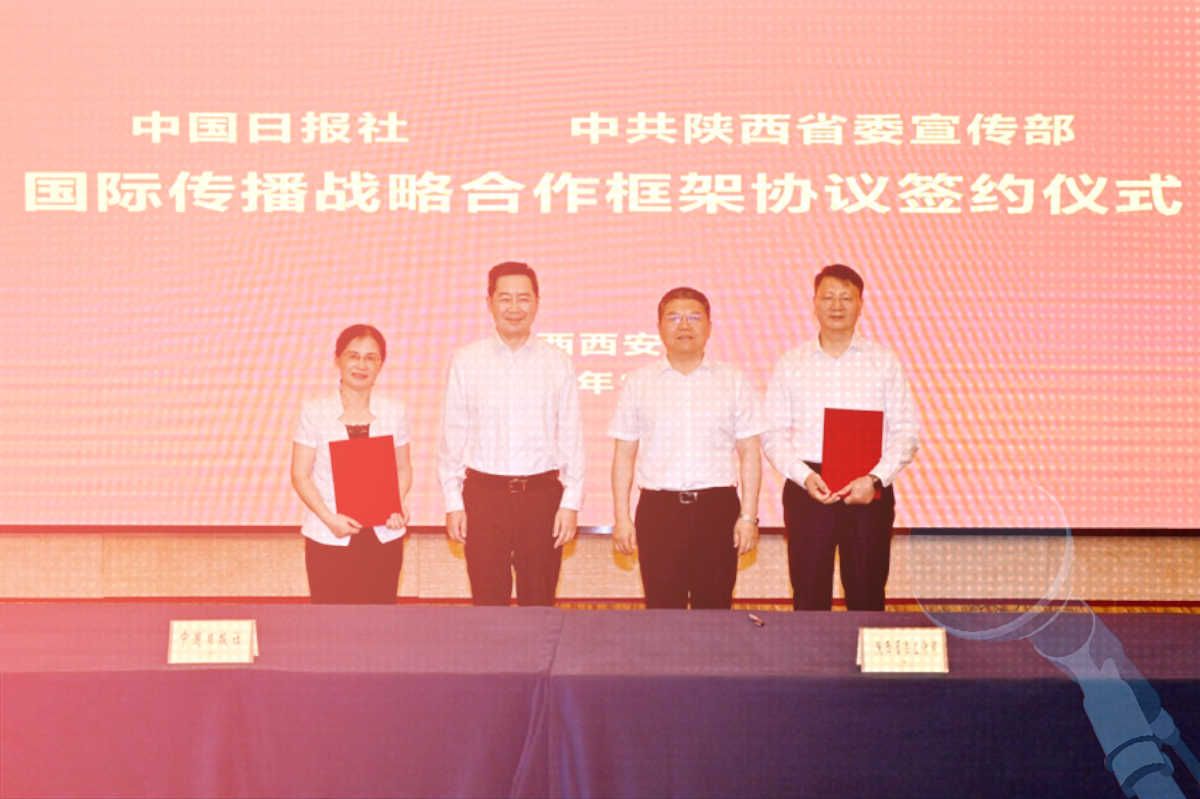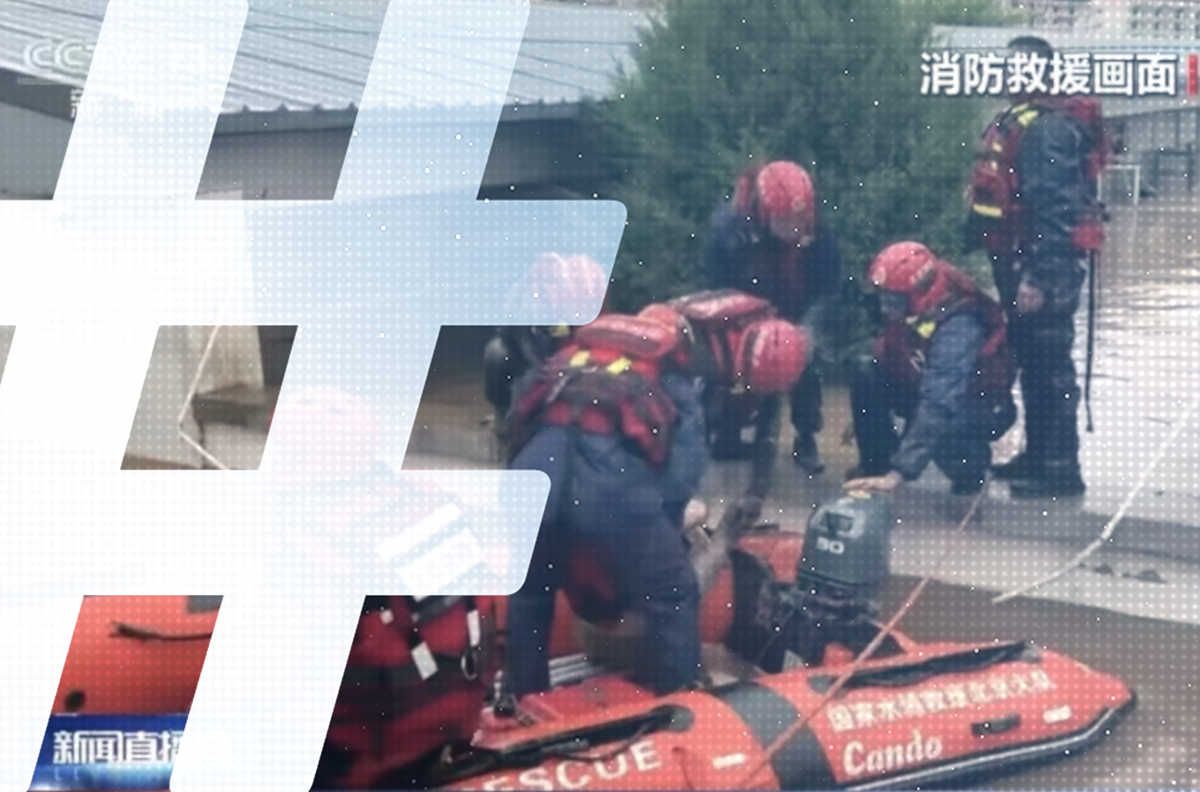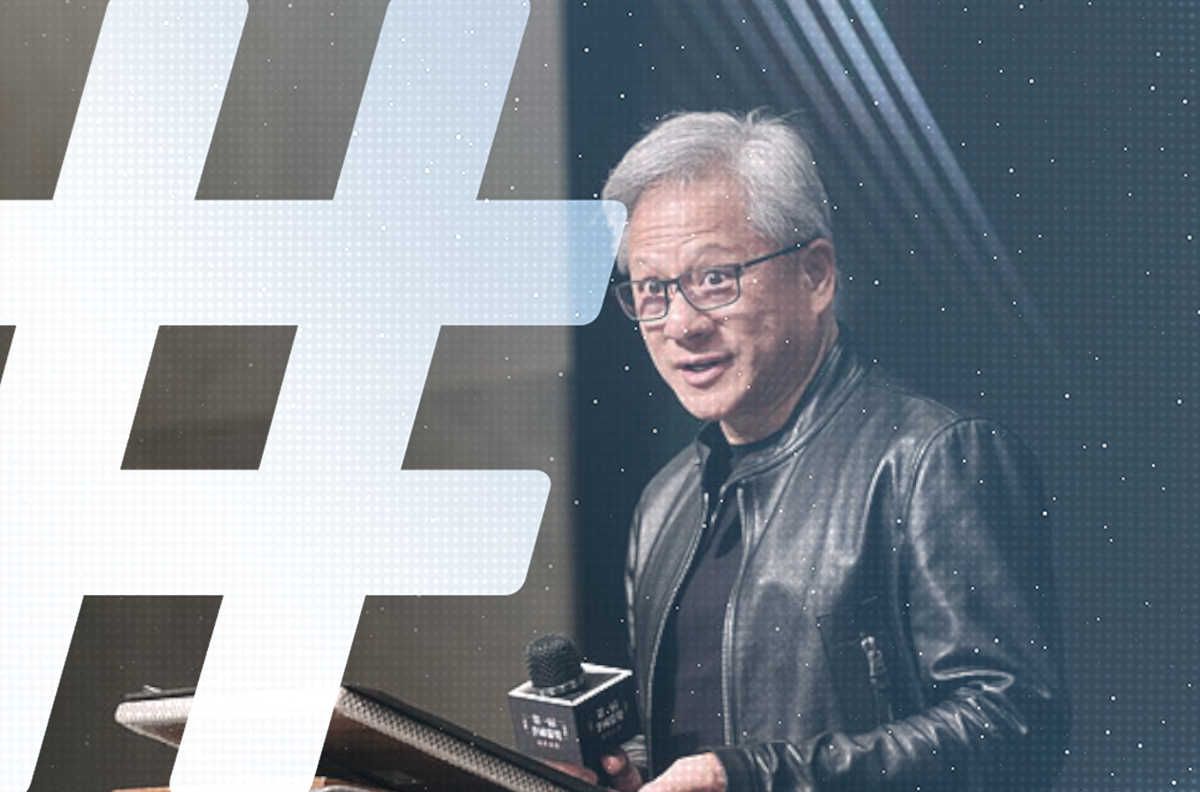
On Tuesday, China’s military released a propaganda video called “Vanquishing Evil” (降妖除魔) that framed military exercises encircling Taiwan in a show of military force as a blockbuster of mythic dimensions. Complete with video game references, the propaganda spot, promoted widely by state media, made it all seem like a testosterone-fueled game for adolescents — rather than drum-beating about aggressive actions that could set off a deadly regional conflict.
Staged by the Eastern Theater Command of China’s People’s Liberation Army, the video — released as China announced joint military drills in waters around Taiwan — employed supernatural imagery from the Chinese classic “Journey to the West” (西遊記) to depict the military operations as an epic battle morally justified.
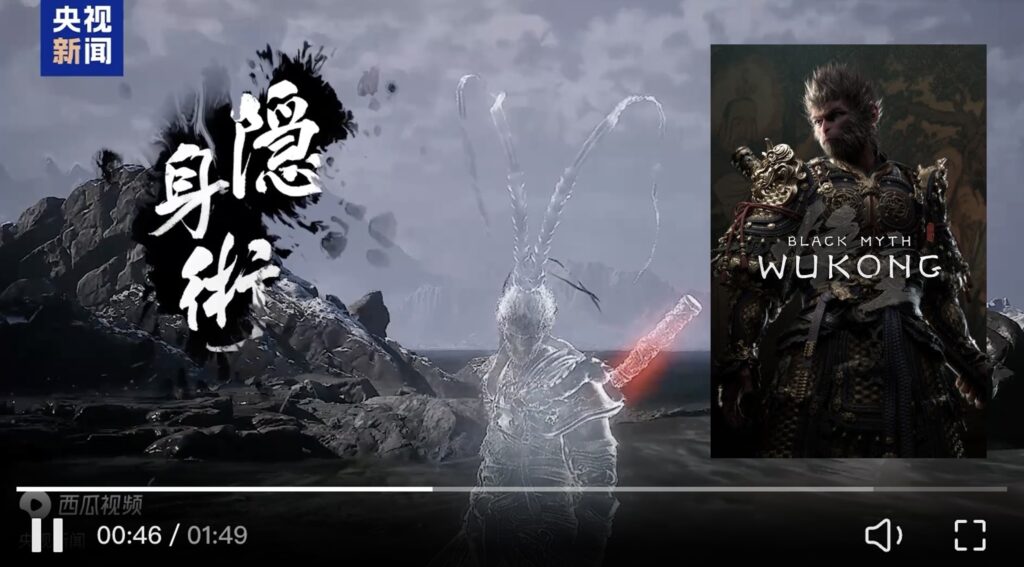
Slicing through bellicose montages of naval vessels, jetting aircraft, descending parachutes, and hustling ground forces, were title cards with martial arts terminology — overlaying video of the mythological Monkey King (孫悟空), the chief protagonist of the above-mentioned novel. These appeared to have been lifted directly from a popular video game, “Black Myth Wukong” (黑神话:悟空), which last year became the first major Chinese game to achieve breakthrough success in the West.
In Taiwan, meanwhile, audiences were not enjoying the theater.
Taiwan’s Presidential Office responded swiftly to the PLA’s exercises, with spokesperson Kuo Ya-hui (郭雅慧) saying that President William Lai (賴清德) had directed national security and defense agencies to monitor the situation closely. “In the face of external threats, our government will continue to defend our democratic and free constitutional system,” Kuo said. “We have the confidence and ability to safeguard national sovereignty, protect people’s safety, and maintain social stability.”
The PLA video made the rounds on midday news shows across Taiwan, and the country’s Central News Agency quoted China’s Global Times newspaper as saying that “the film seamlessly connects Sun Wukong’s demon-slaying abilities with the PLA’s powerful combat capabilities, highlighting the PLA’s aim to fight against and eliminate independence movements.”
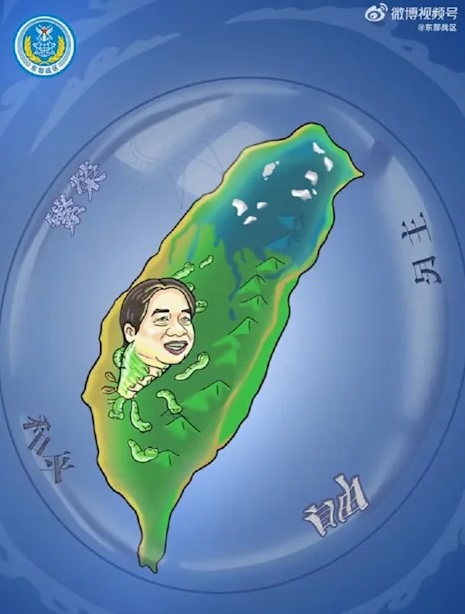
In recent weeks, Taiwanese President William Lai has faced a torrent of criticism from China after he characterized Beijing as a “hostile foreign force” (外部敵對勢力) during a March 13 national security meeting. This rhetorical escalation came alongside Lai’s announcement of plans to restore military trials amid a surge in Chinese espionage cases, with official data showing 64 people in Taiwan were indicted for spying for China in 2024 (three times that in 2021).
China’s official state media have portrayed Lai as a “parasite” gnawing away at Taiwan’s well-being and future — another theme featured in propaganda from the PLA’s Eastern Theater Command on Tuesday.
The PLA video’s five title cards all draw from “Journey to the West” mythology, repurposing supernatural abilities from China’s literary heritage as modern military capabilities. The first, “Vanquishing Evil” (降妖除魔), frames military action as a sacred duty to eliminate demonic forces, while the last, “Immobilization Technique” (定身术), represents the ability to paralyze an opponent’s defenses through electronic warfare and precision strikes.
While Beijing frames its military posturing as fantasy-inspired heroism, Taiwanese citizens face the sobering reality that these metaphorical “demon-vanquishing” techniques represent actual missiles, blockades — and presumed plans for invasion. The gamification of conflict may entertain mainland audiences. But across the strait, the consequences could not be more real.




